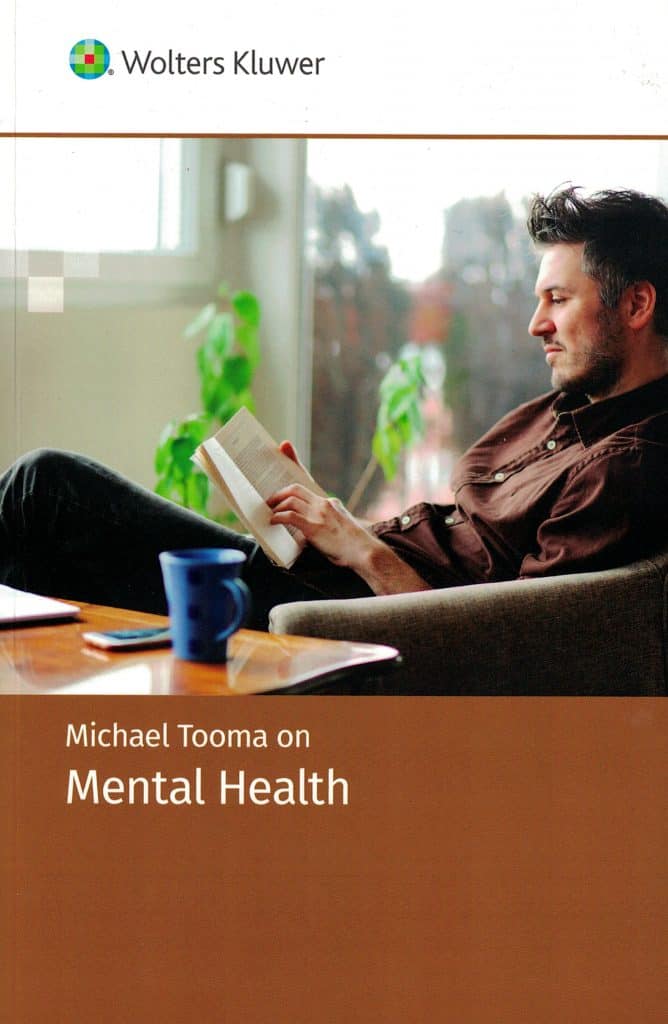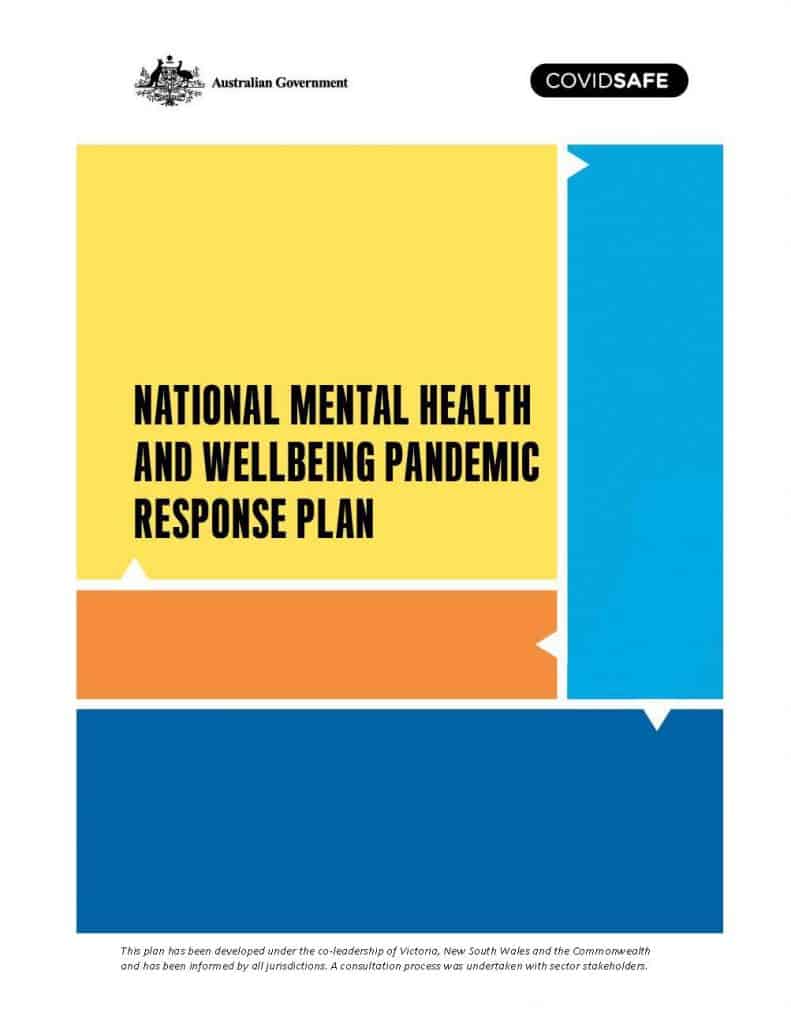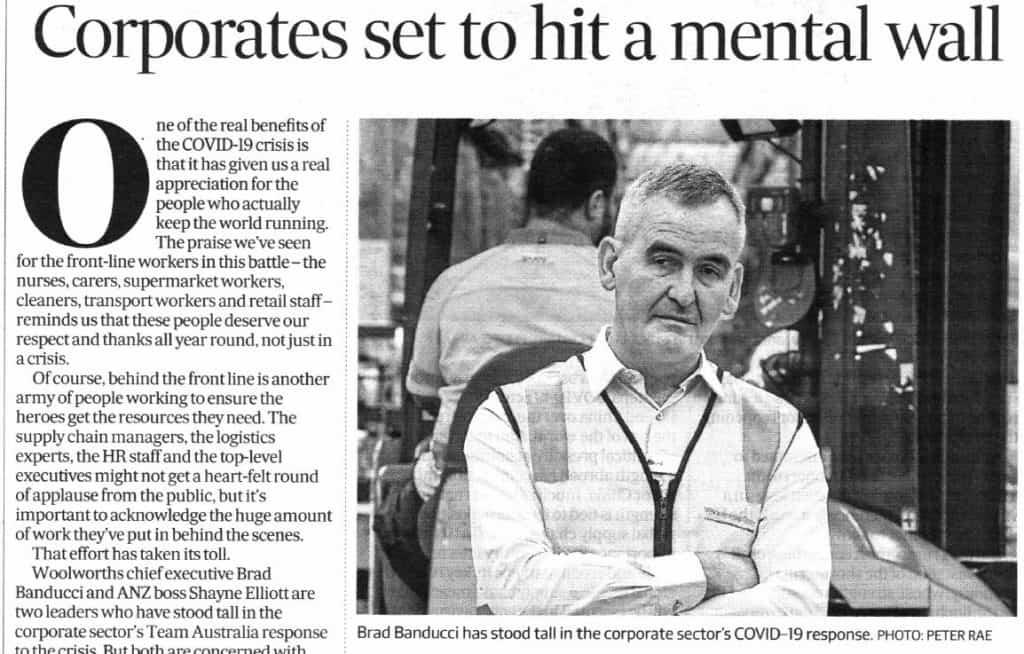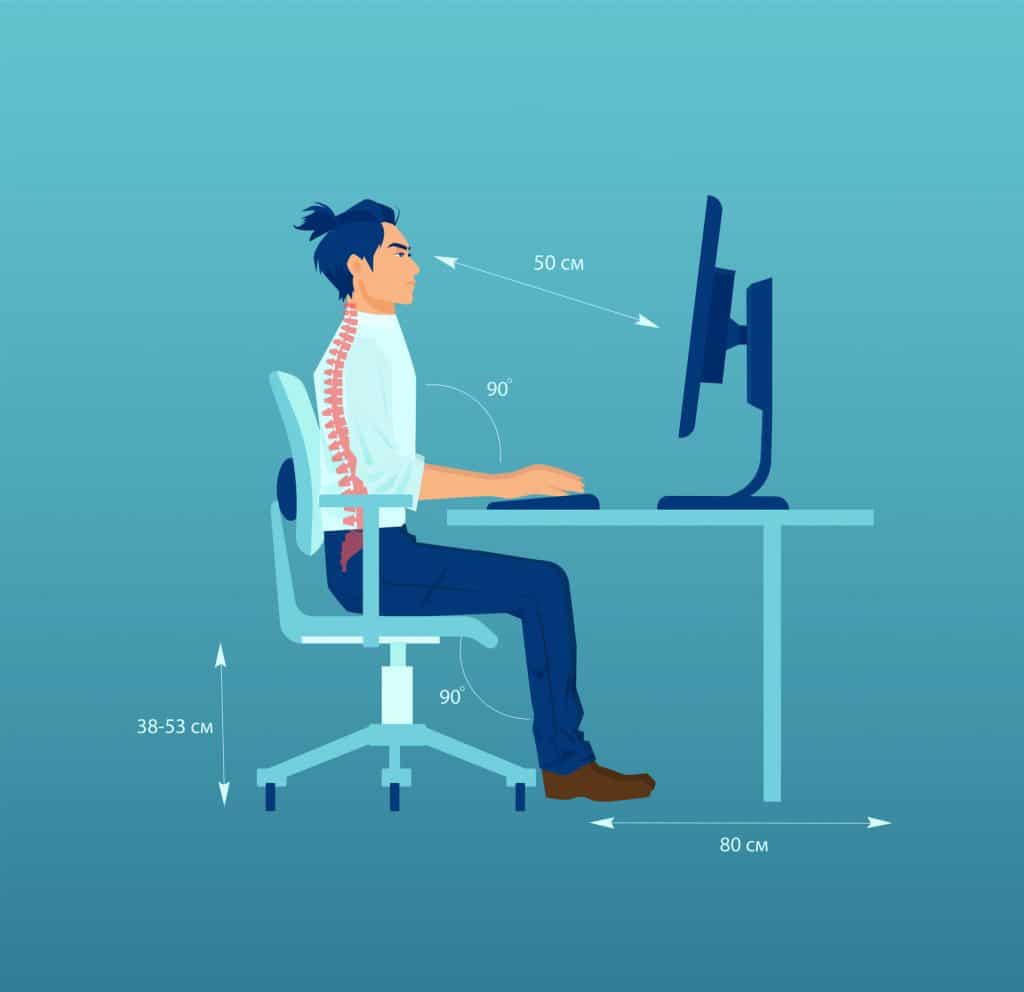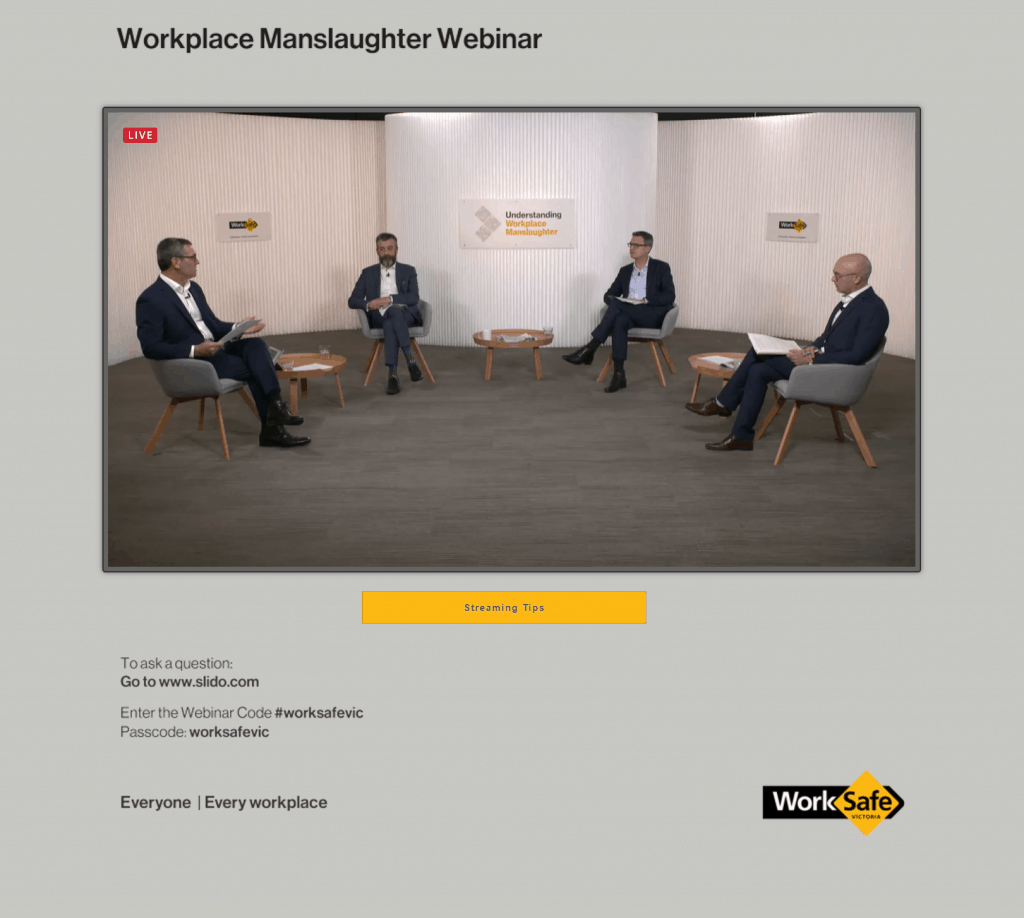
On May 19, 2020, WorkSafe Victoria conducted an interactive webinar on Workplace Manslaughter laws due to be in place from July 1, 2020. The webinar was very good for those who are coming to the issue anew as the level of interaction was excellent. But the webinar also broadened beyond its topic, which was disappointing. At 90 minutes the event was too long, but revised versions of this consultation with the community should be scheduled regularly, even when physical distancing rules end.

